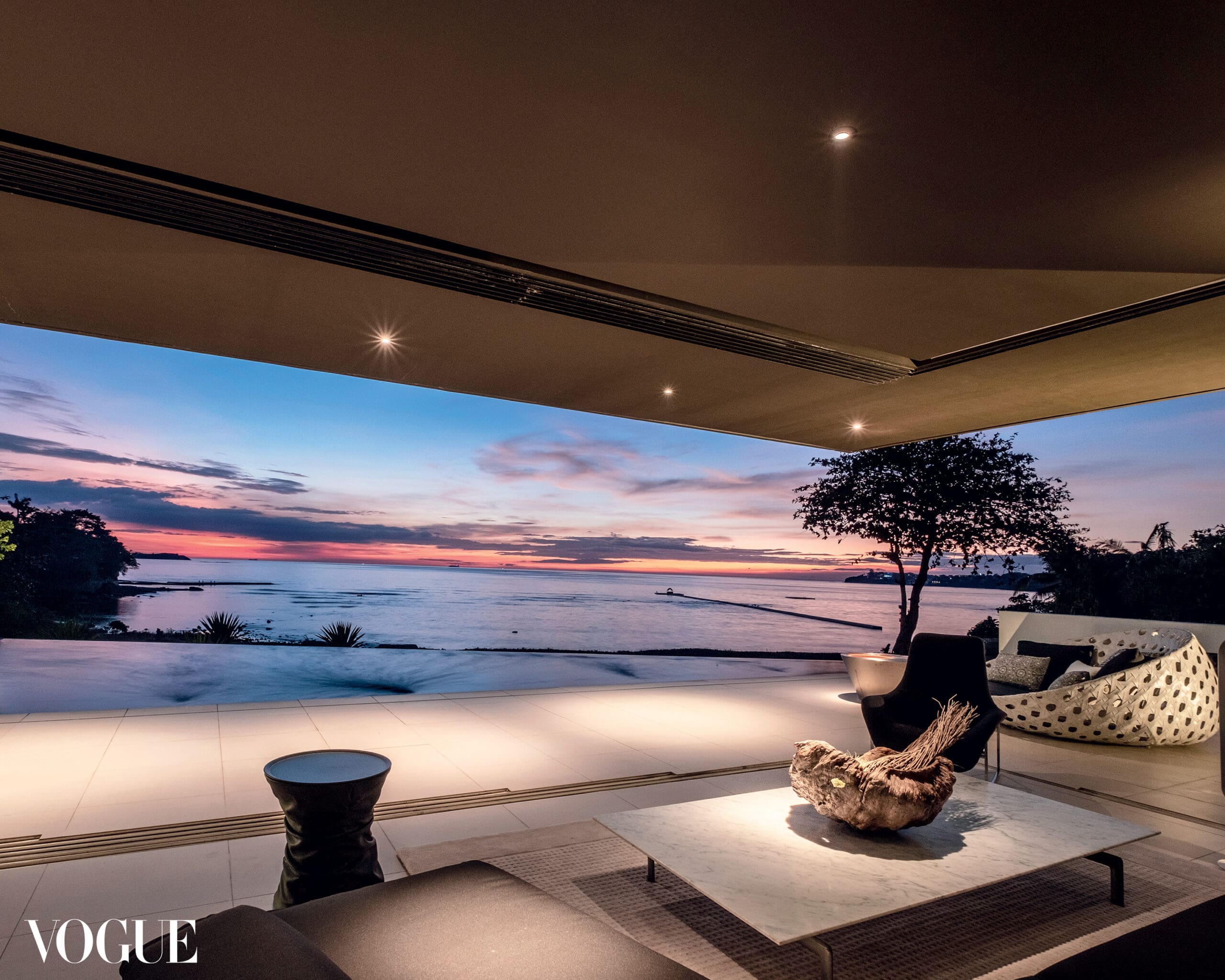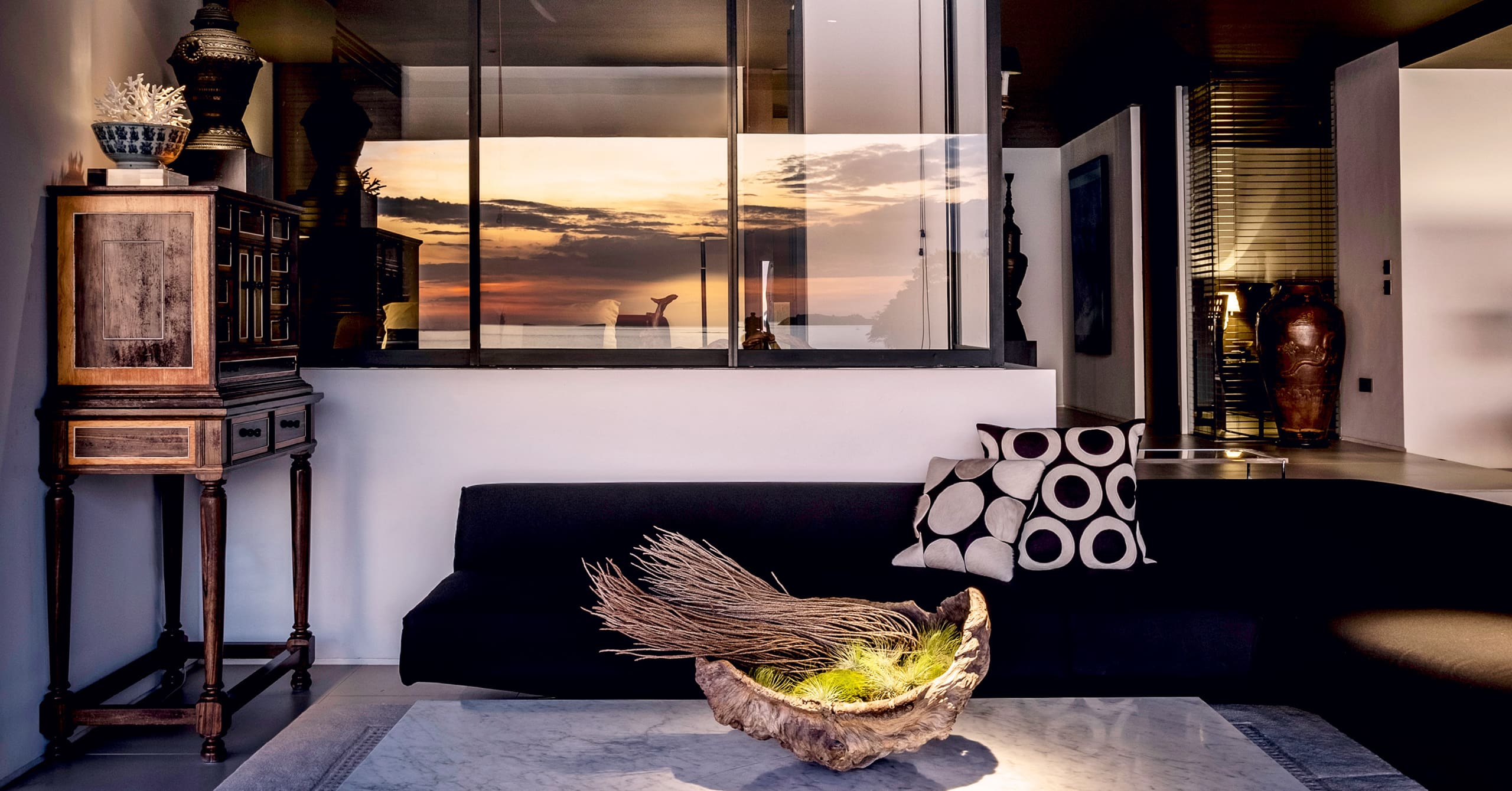Photo by Ed Simon | @monsied
Photo by Ed Simon | @monsied
Inside Anton Mendoza’s most personal project, a home in Tali Beach that highlights Filipino pieces he feels are taken for granted.
Since founding his own architectural and interior design company almost 30 years ago, J. Anton Mendoza has accumulated a tantalizing portfolio that consists of both private spaces and publicly accessible projects. You’ve probably caught glimpses of his executed residential and commercial works in lifestyle titles. Likely, you’ve walked through the galleries he designed (The Drawing Room, Leon Gallery International), dined at the swank Sala Bistro or marveled at his sparkling revamp of Greenbelt 3. “I actually get a lot of interior design projects… people forget that I am an architect too,” Mendoza says, laughing.
A survey of his works reveals a distinctive vocabulary that hovers around the delicate intersection between modernity and tradition, the formative foundations of which were built over time. Mendoza remembers being surrounded by antiques while growing up, which explains his fondness for relics that include santos, gadors, and other artifacts mostly from Lanao del Sur, and Filipino-Hispanic furniture. He explored the breadth of architectural styles before developing his own. But Mendoza credits his architect father (J. Anton Mendoza Sr.), for turning his eye to the mid-century style. “You know, you can’t be who you are now by starting at age 21,” Mendoza says, explaining the origins of his perspective. “You have to go through the whole process of maturation.”
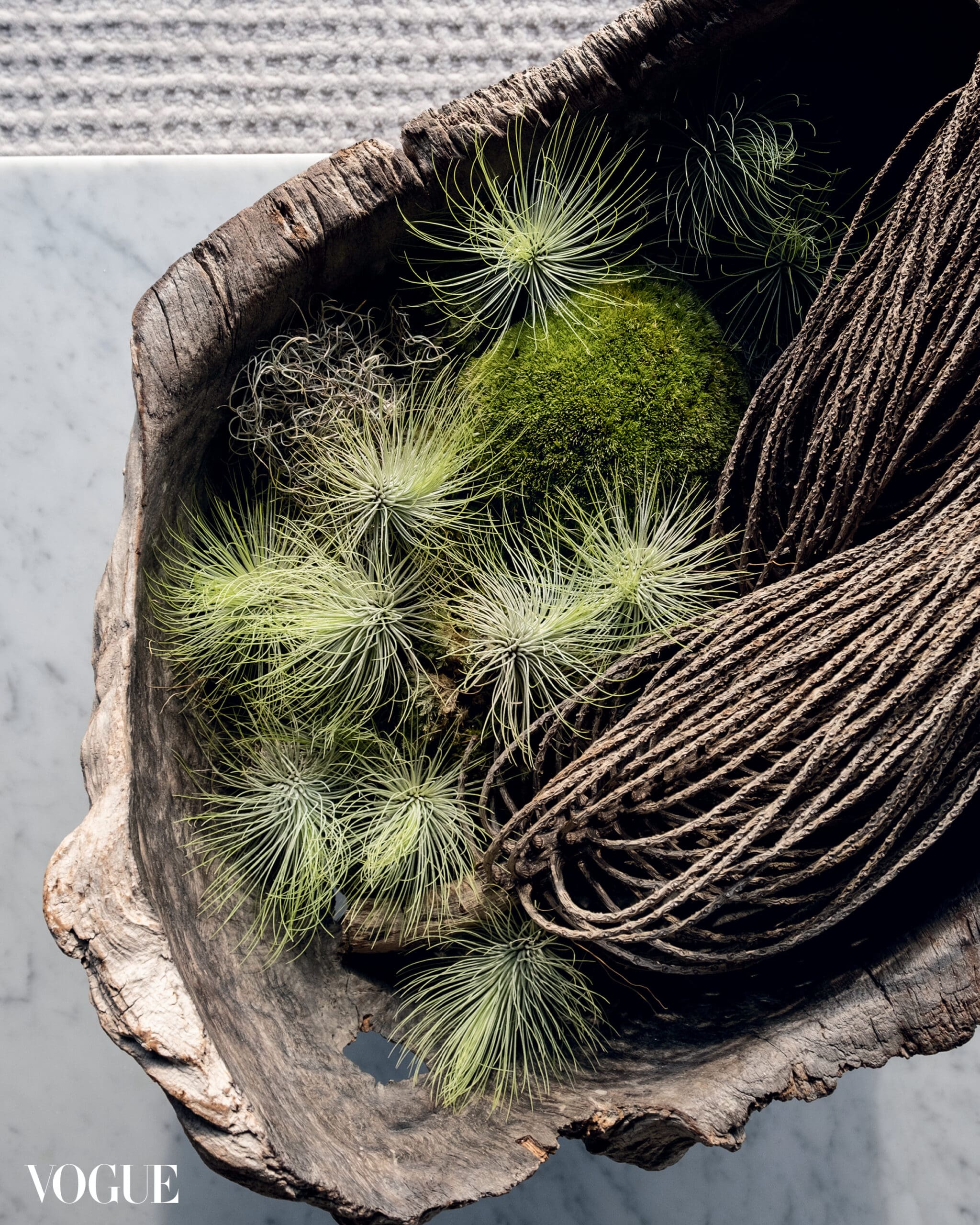
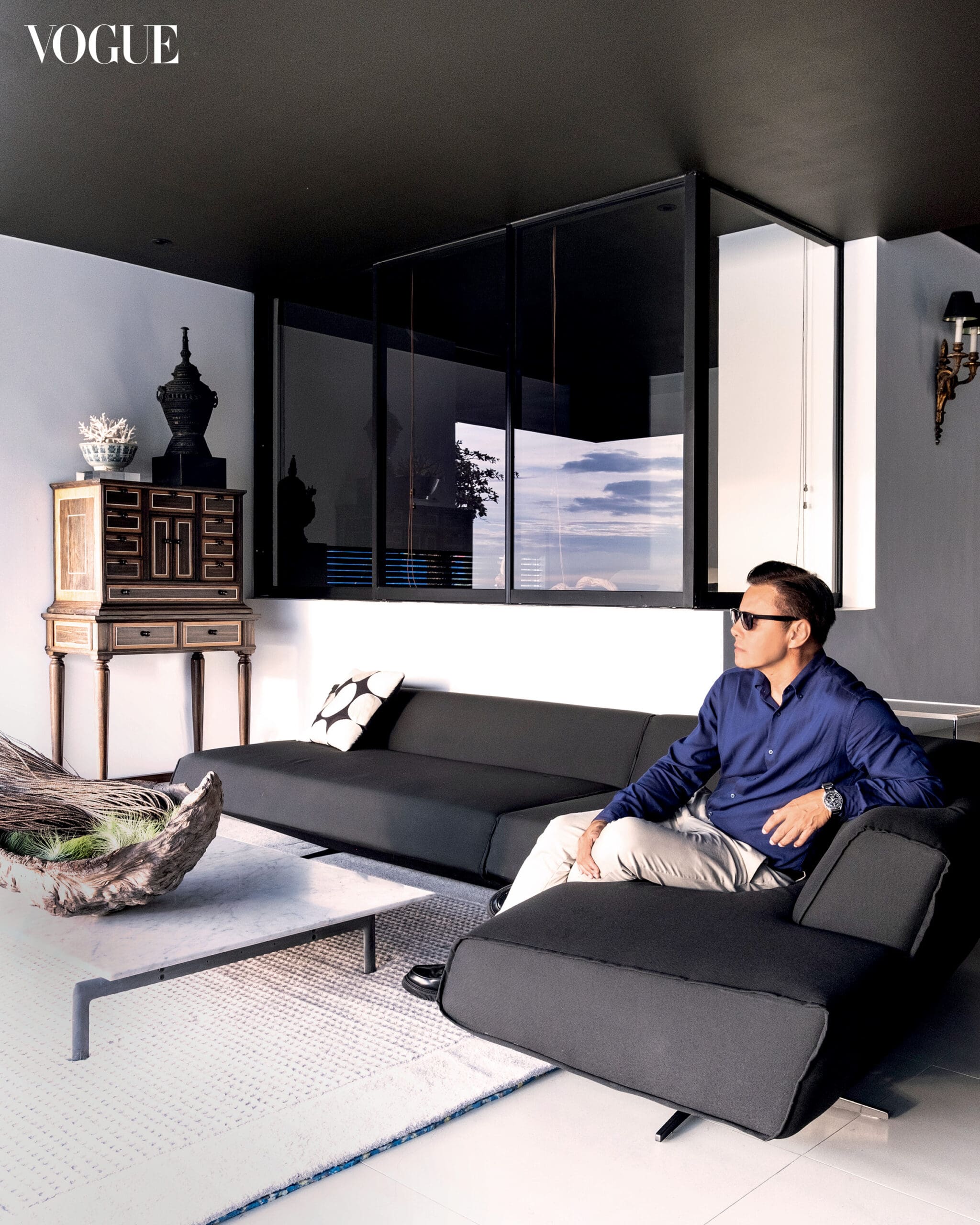
I want to be a modernist
Mendoza’s conversion to modernism happened during a spontaneous encounter while still an architecture student. He recollects the eureka moment: “I traveled to Europe for the first time together with my schoolmates from the University of Sto. Tomas, Jonathan Matti and Michael Webb. Another friend of ours, Pico Gonzales, had a place in Paris, so we stayed there and backpacked our way around Europe. We didn’t have money then, so we just ate burgers and pizzas and traveled by coach. Looking back on my travels, that to me was the most memorable and fun. Because it was also the time when we met other students of architecture who exposed me to a bigger, more exciting world. That’s when I decided, I want to be a modernist.”
In the years that followed, he shaped the aesthetic that now defines his practice, a timeless expression of modern Filipino style which Mendoza elegantly articulated in his Tali Beach house.
While others might find building their own homes a nerve-wracking endeavor, Mendoza delighted in his most personal project. “I loved it,” he says excitedly. “For the first time, I was the architect, interior designer, landscaper, etc. I wore many hats!” Apart from that, Mendoza says he had “absolutely no parameters except for the budget,” giving him the creative freedom to realize his ultimate dream house. “I wanted a black beach house, and I got it,” Mendoza exclaims. “You know, if I were to present that concept to a client, I’m almost sure it would be shot down.”
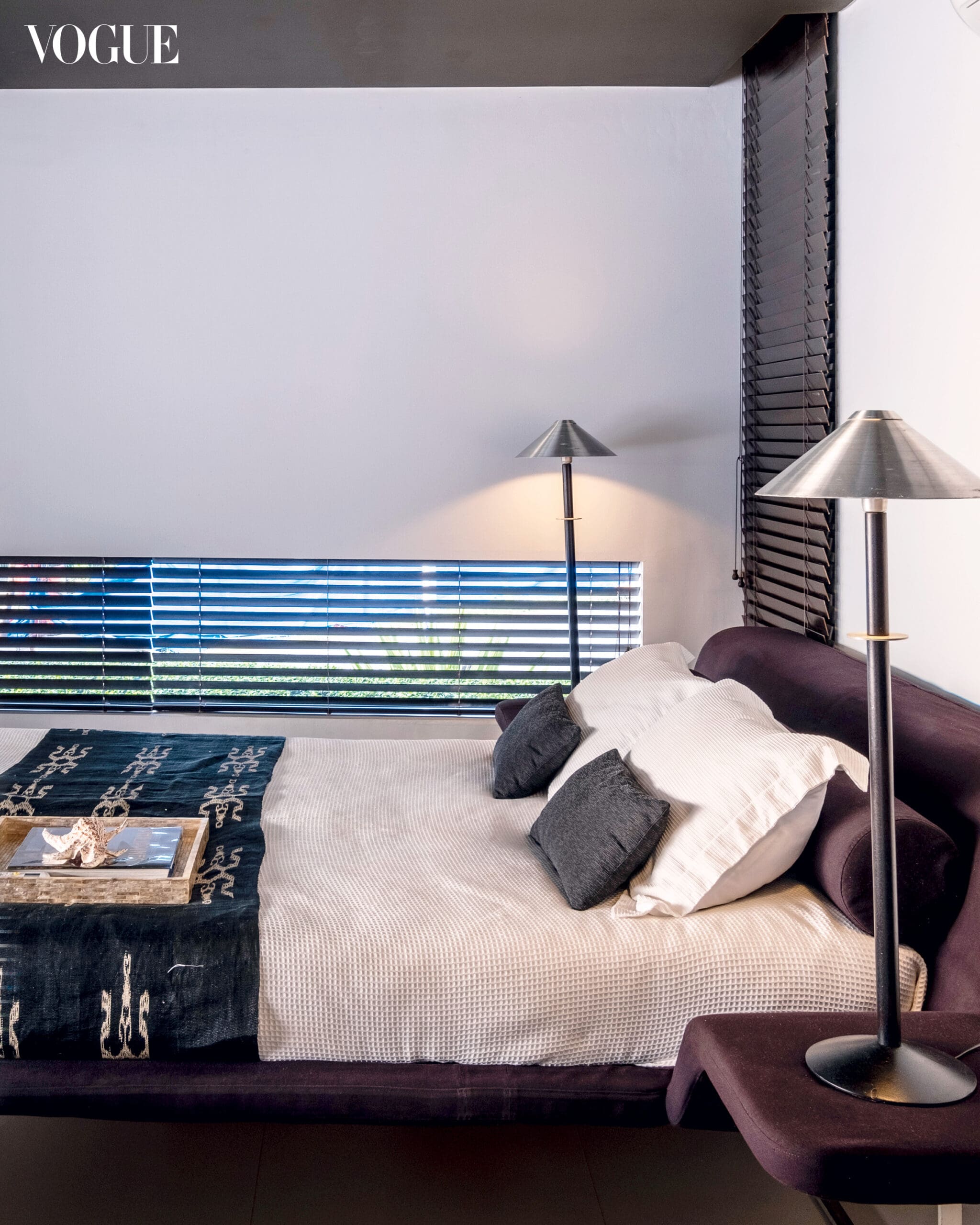
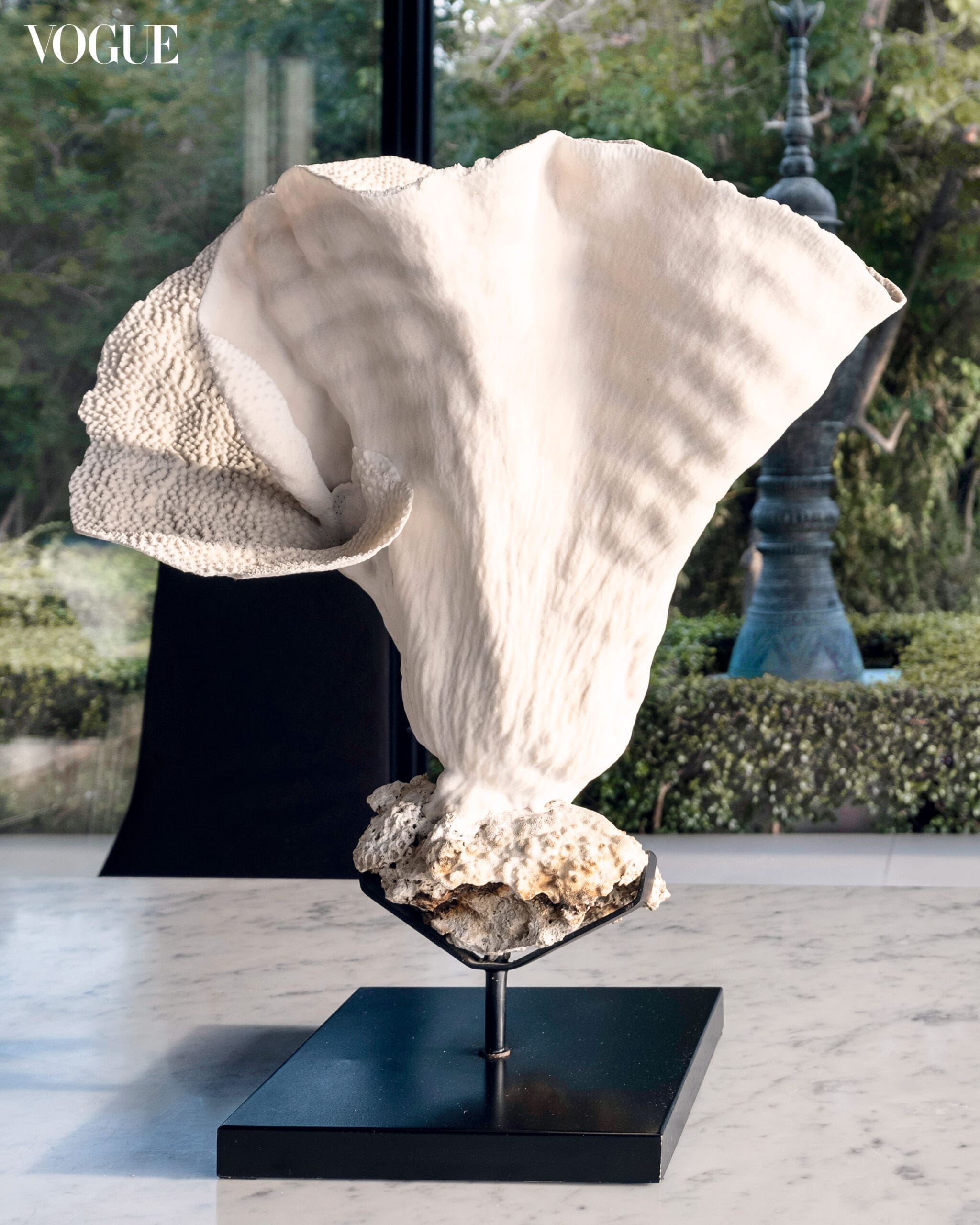
He found the perfect location for a self-confessed beach-loving hermit—a lot on an incline that faced west with direct access to the sea. “As soon as I saw it, I fell in love with it,” Mendoza recalls, “and right there and then, I already knew where to put the entrance, the pool, etc.”
“The architecture is very global,” the homeowner continues, “inspired by midcentury design, but suited for elements of Philippine weather.” That meant contending with the salty air, heat, and the forceful monsoon winds. “I installed pocket doors because I didn’t want doors slamming. The windows, which are imported, didn’t even move when we were hit by a typhoon.” For efficient cooling, Mendoza opted for low ceilings and created an open layout to optimize not just the breeze but the fabulous view as well.
Black is Mendoza’s anchor color, seen in the sofa, chairs and accents set against an expanse of white. The severity of his palette and the angular environment is tempered with the warmth and textural character of antique pieces and collectible objects, including those by master artisan Osmundo Esguerra.
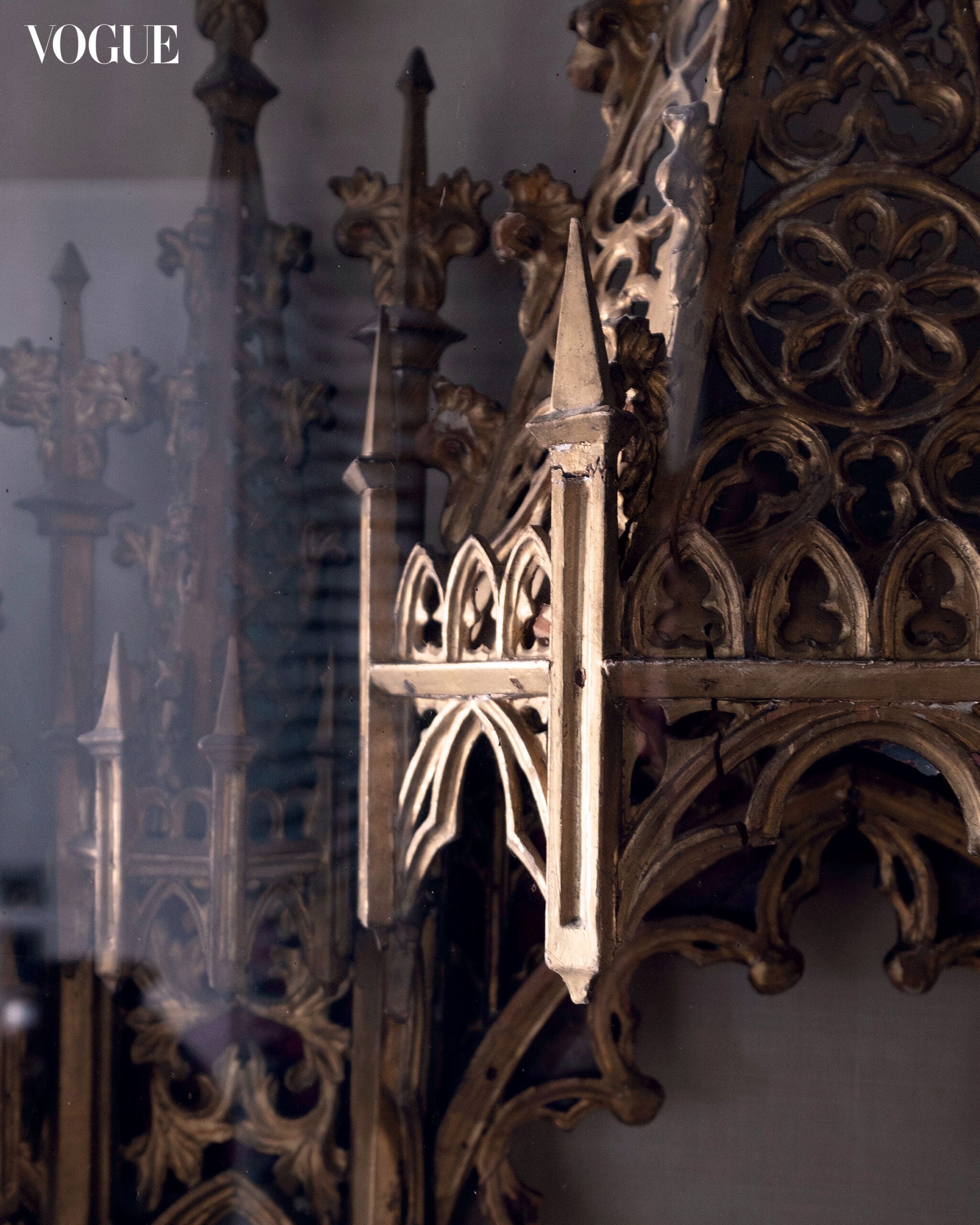
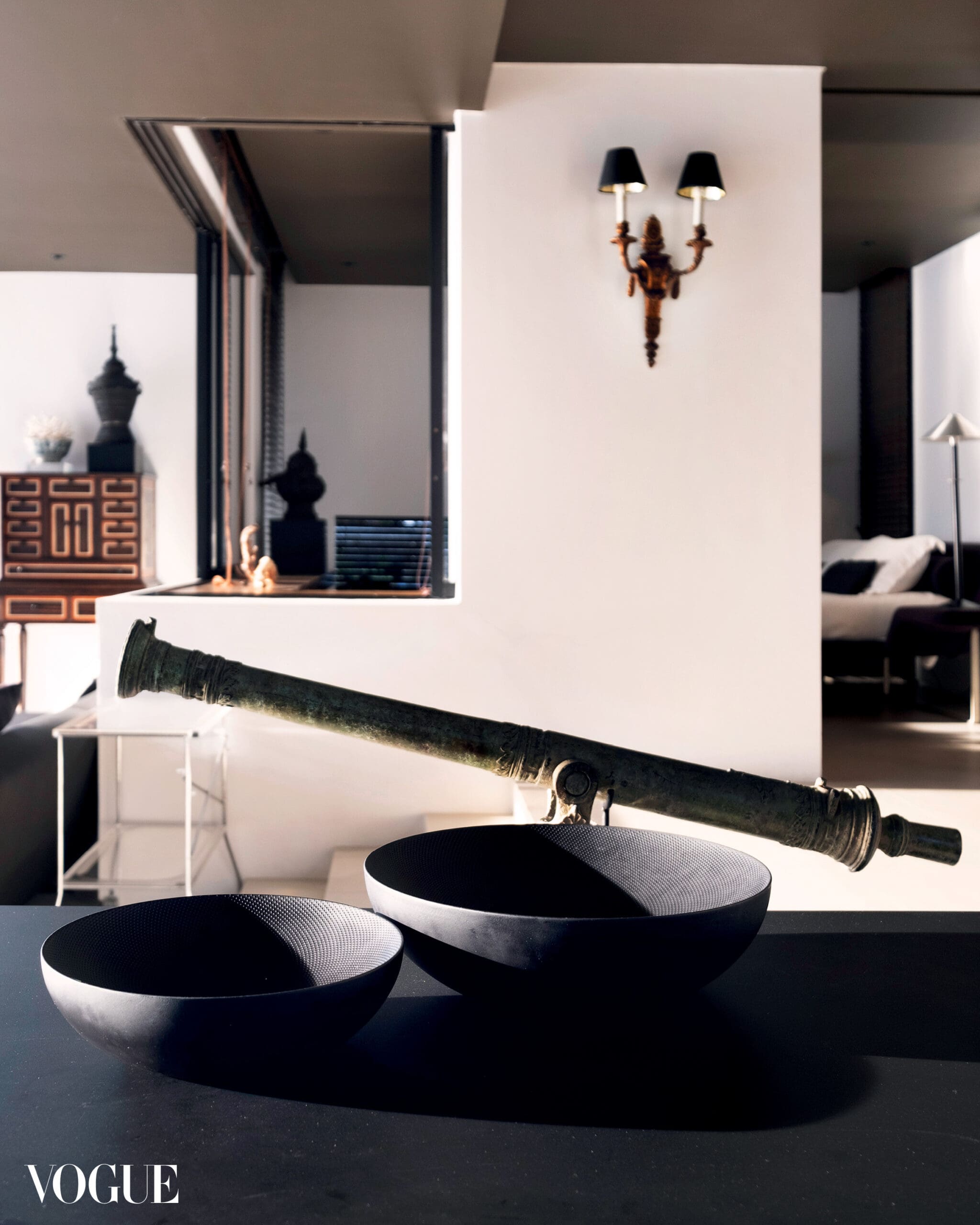
“The theme is Filipino,” Mendoza proudly says of his work, “because we’re in the Philippines.” “And I felt that these pieces are taken for granted,” he continued, “forgotten by our people. But when you present them in a manner like this, which is very contemporary, there’s renewed interest. Then they find out, ‘oh this is from the Philippines?’ So, I’ve actually convinced some of my friends, who are very European in style or extremely modern, to appreciate and acquire some of these pieces for themselves.”
On certain days, guests can see a Sultanate of Sulu replica banner on a flagpole by the entrance to the property, hinting at samples of Mindanao’s grandeur displayed around the house. That includes a sarimanok and a rare betel nut case in a guest bedroom, and the majestic gadur out in the patio. “Gadurs are ceremonial wedding gifts,” Mendoza says. “I had these already, and I thought they would be perfect for the beach house.”
Mendoza considers the beach house his primary residence where he likes to lounge in the living area during weekends. Candles are lit and the garden and pool lights come to life in the late afternoon, cued by the waning sunsets that have enchanted Mendoza for the past 15 years. This ritual happens, “with or without guests,” Mendoza says, “because I like to enjoy my house.”
